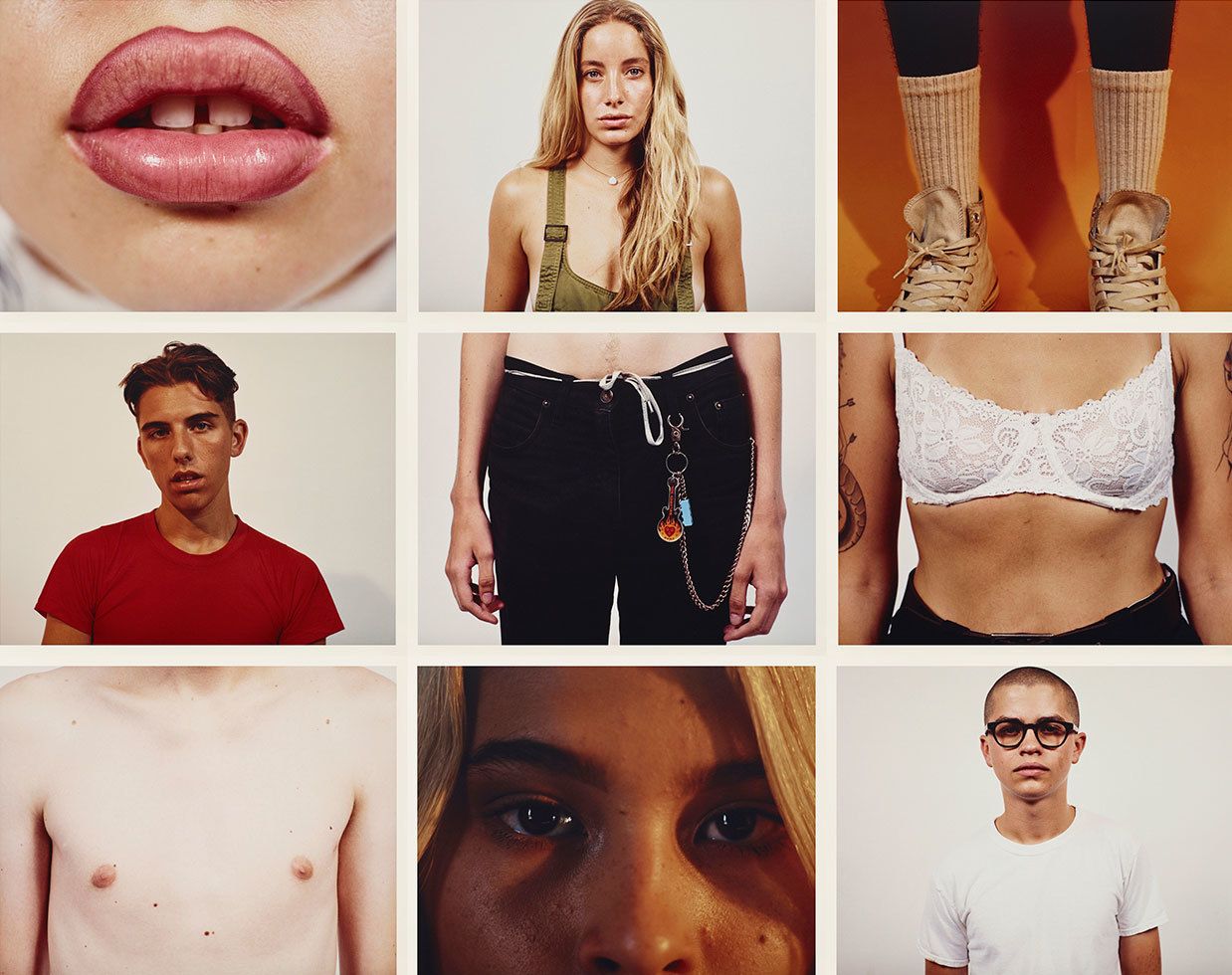With People: In Progress, American photographer Chad Pitman explores beauty, truth, and, yes, people. Debuted at L.A.’s Fahey Klein Gallery in April, the exhibition collects 50 of Pitman’s portraits — captured with a nostalgic, honest, and unforgiving eye. The simple grace of the photographer’s images, and their insistence on heartfelt intimacy, is a beautiful reminder that individuality is everything. Yet, the project is also a comment on our selfie-obsessed world. i-D met Pitman to learn more about his life, process, and the joy of blending in to the background.
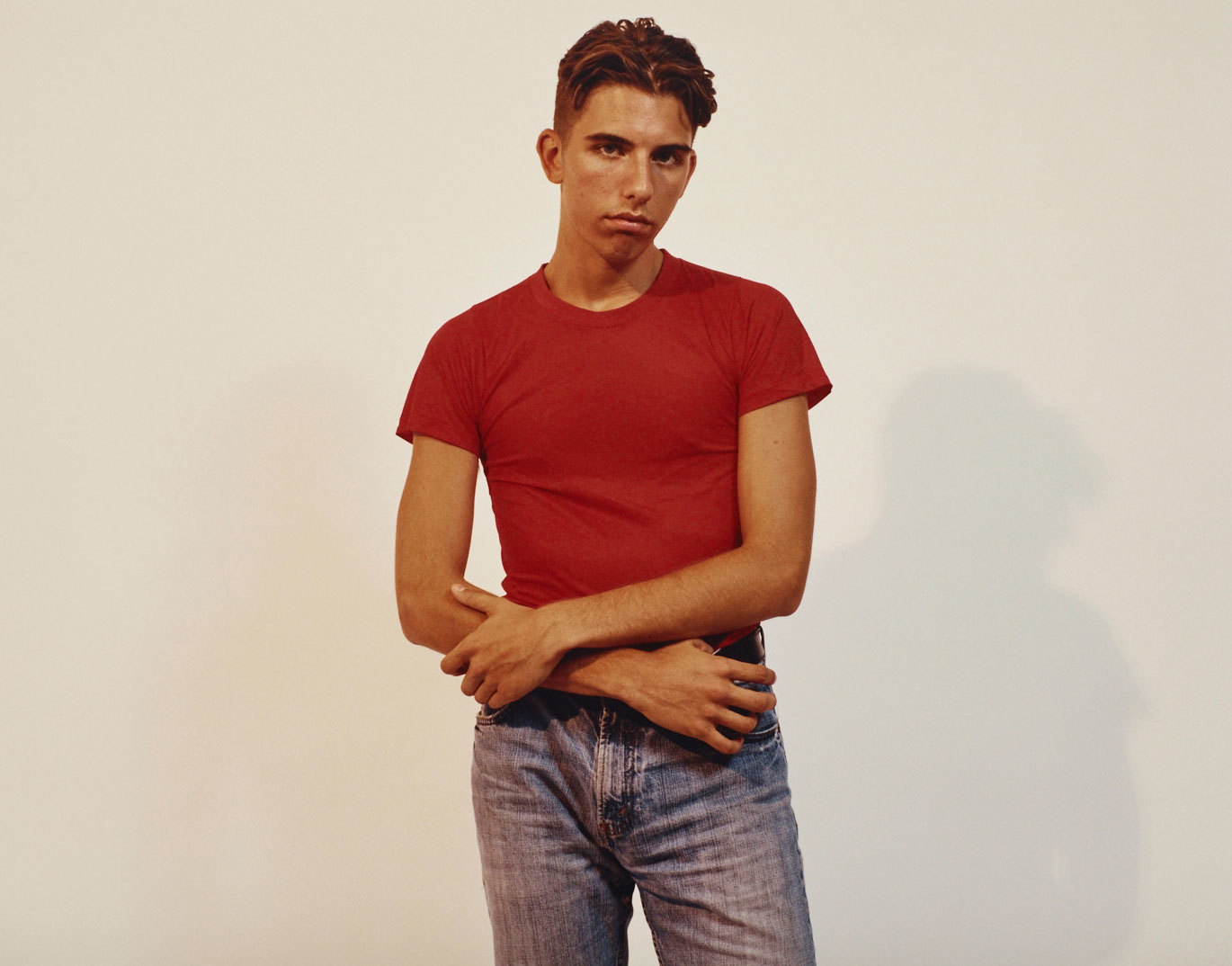
When did you realize you wanted to be a photographer?
I was in college. At the time, I was studying biology, and maybe going to be a doctor. But I really wanted to get into this photography class. I had no business being in biology, to be honest, and I told the photo teacher just that. I was quickly realizing that the only reason I was in school was to take this photo course, and that if I didn’t get into it, then I might as well drop out. I got in, but dropped out of that college anyway. I went to study photography full-time somewhere else. I haven’t looked back.
What was it that interested you most about photography at the start?
People. It’s always been people. I think by nature I study people. I had to move around a lot growing up, so I quickly learned to find my footing in a new town and blend in. That’s what People: In Progress speaks to. It’s a lot of people, but it’s just them. I just blend in so the picture can truly be all about them.
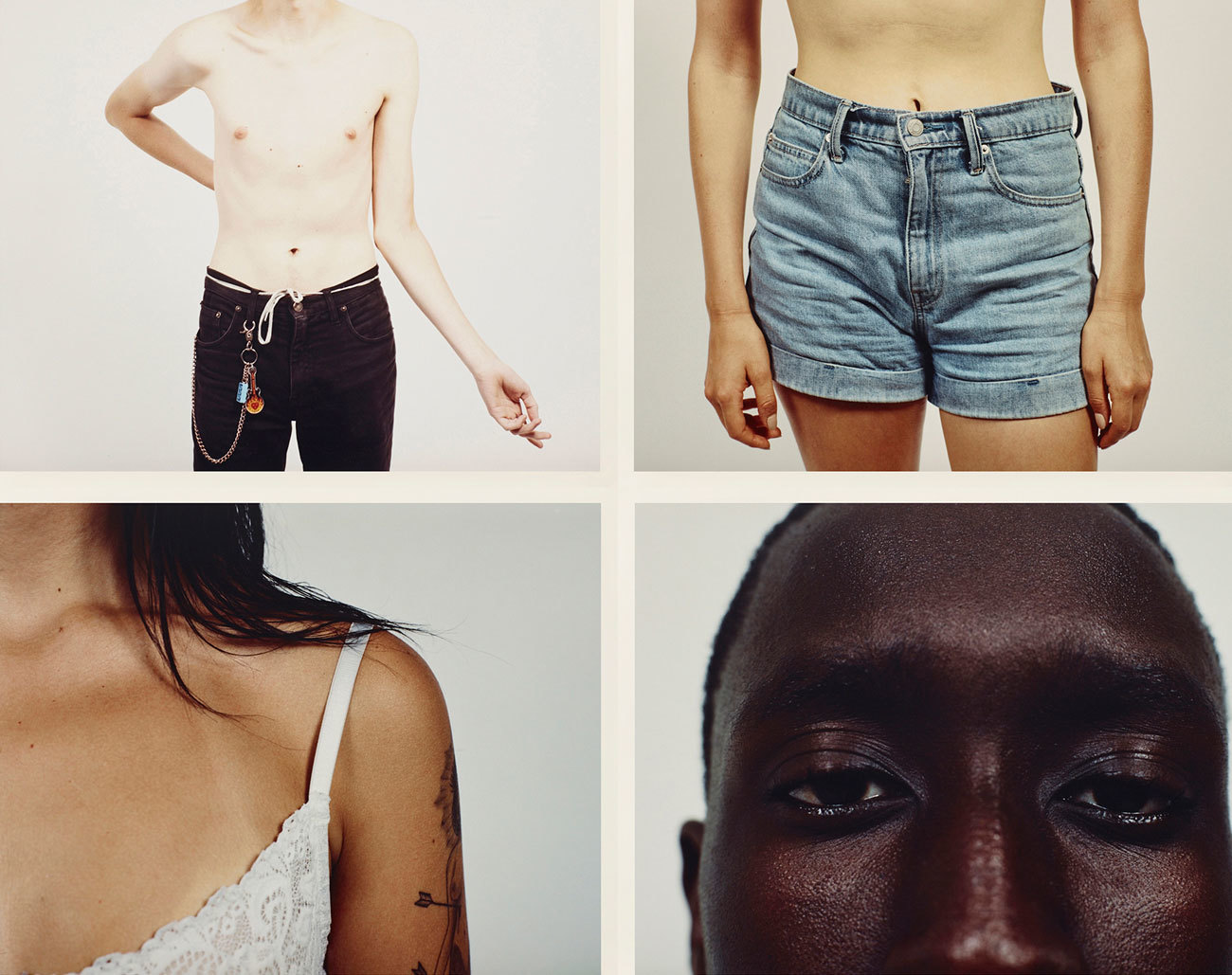
Do you think being a photographer changes the way you see the world?
Yeah, I think so. I’m at the grocery store thinking about how amazing some old man looks as he is leaning heavily on his shopping cart, staring out, wandering the aisles. Or some kid on the street that is just so cool but doesn’t know it. I used to feel awkward about it, but now I know it’s just who I am. But it’s not just people. I mean, I did a project where I stared at the same bunch of fruit for over a year.
You work in many different media: painting, photography, collage. What drives each individual project?
I look at my work as a sort of journal. Each part of it is related to something going on in my life. It’s how you pull from different materials of your past and present to form new ideas and works of art that appeals to me most.

How did you choose who you shot for your People: In Progress project?
For the People: In Progress project, I worked with a friend of mine, Shay Nielsen, on the casting. If this project was a spear, she would be the tip of it. Without her, I wouldn’t have been able to make any of this happen. We started off with 2000 people, and somehow got it down to 50.
How do you feel about selfies?
It’s like the ego just found a way to be really big and socially acceptable at the same time. I don’t get it. But I believe acceptance can coincide with accessibility. Right now, there are attainable role models and references for people you feel are different or out of place. People can see that they are not alone. One can find hope and understanding from others. And all of us together can see with our own eyes that this world is better off for our differences if they are appreciated.
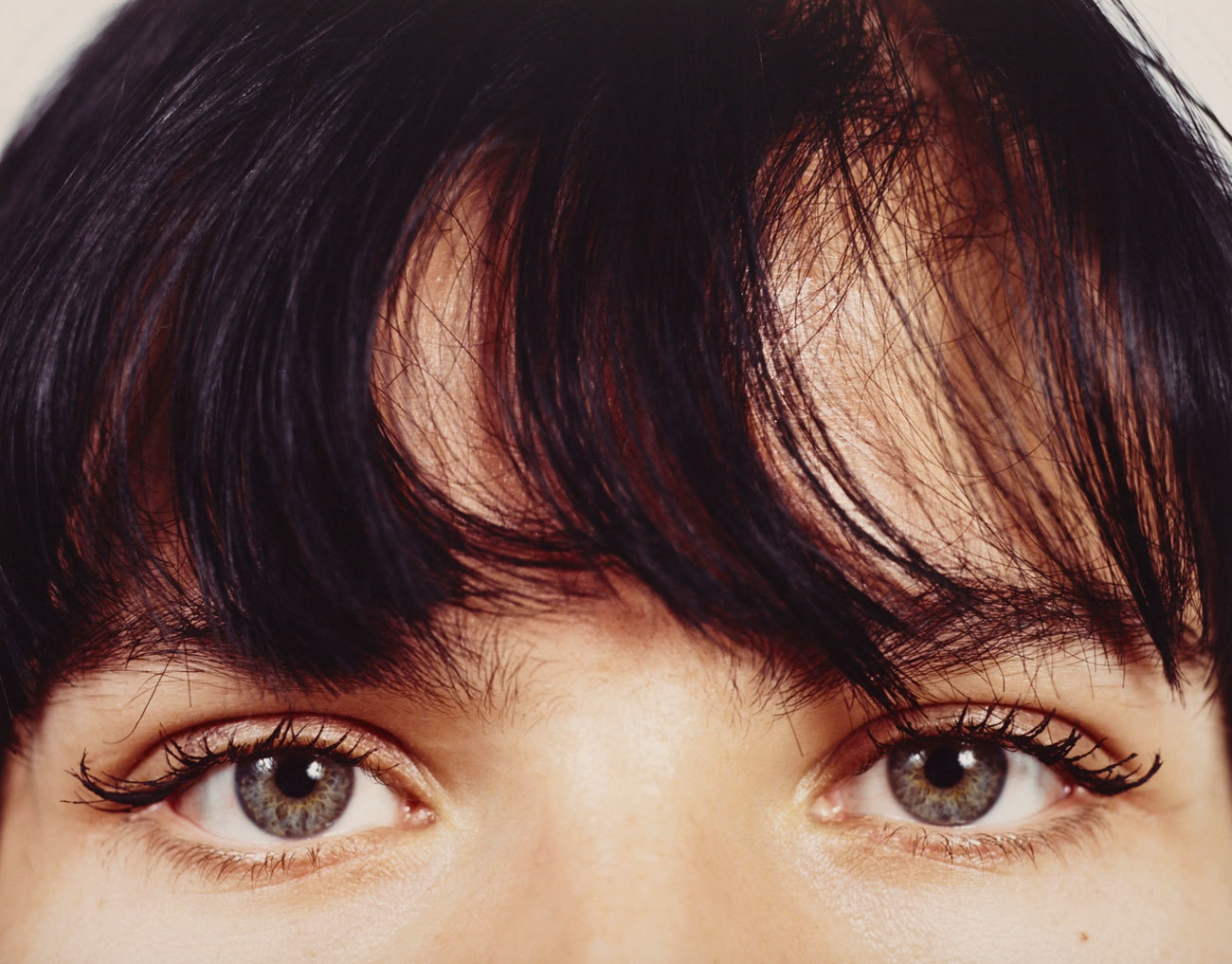
What does beauty mean to you?
Beauty is a feeling — a song, a place, a person, or an idea. I can assure you that beauty is real and, for the most part, it is of this earth.
Is there a theme or muse you always return to?
I’m always deconstructing things. I’ll break something down until the pieces aren’t recognizable anymore. For example, my next two projects are collages from made from my last two projects. I find the end and then walk it back a couple steps until I find the right place where the work seems in perfect harmony.
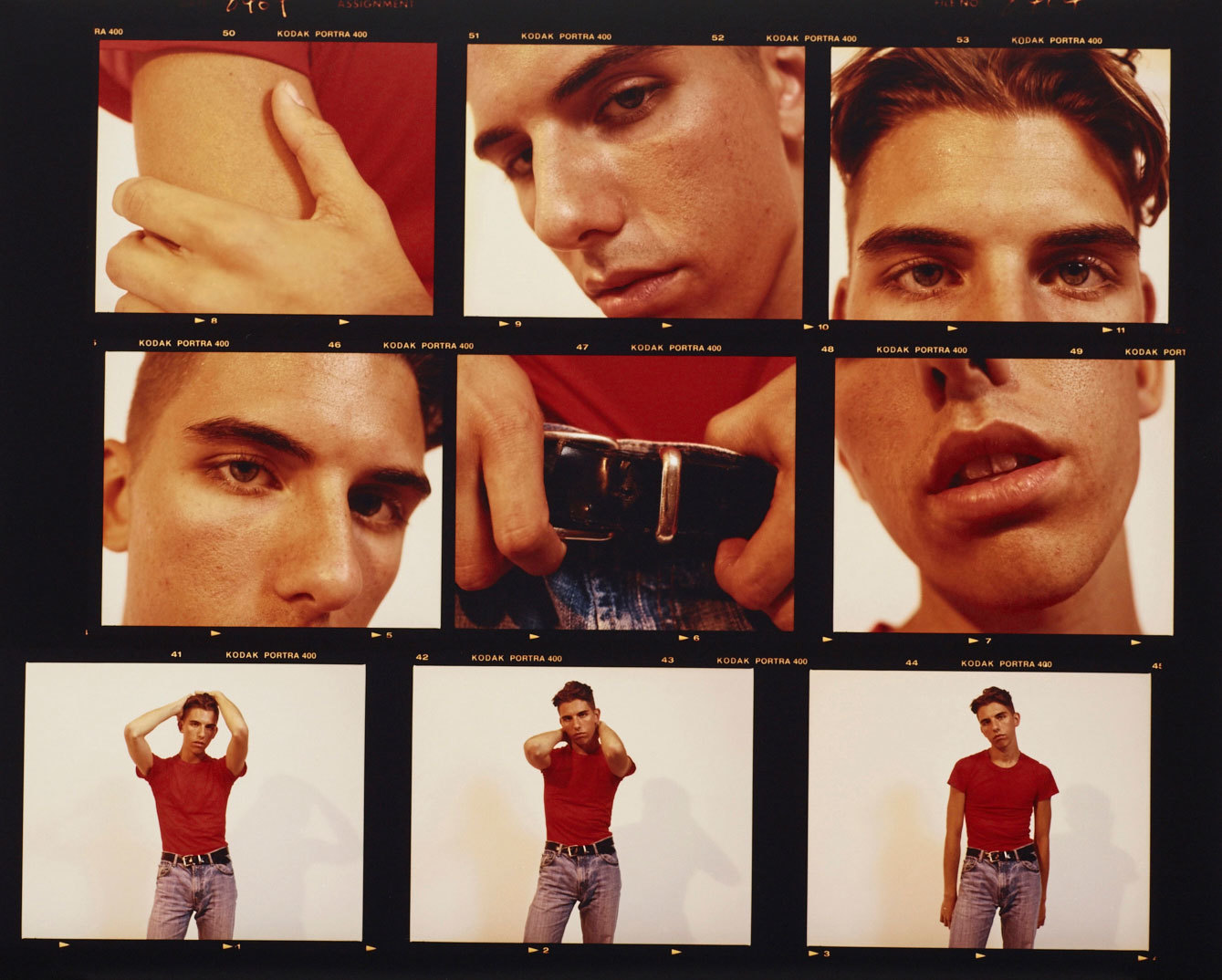
What do you think of the current state of photography?
The most wonderful thing about it is that it’s so fleeting. This has pushed me to take my personal work in photography that much more seriously. What is most important to people right now? Is it validation or communication? People are using pictures to communicate more than words. And the pictures don’t have to be that big to communicate. So how can you show it small but say it big? A picture is more commonplace than it used to be. That is the key. If we all can see it, then we can all know it, and in an instant, come together with our ideals and goals as a society.
What advice would you give to a young photographer starting out?
Experiment and have fun. It’s when you make mistakes that you can find yourself.
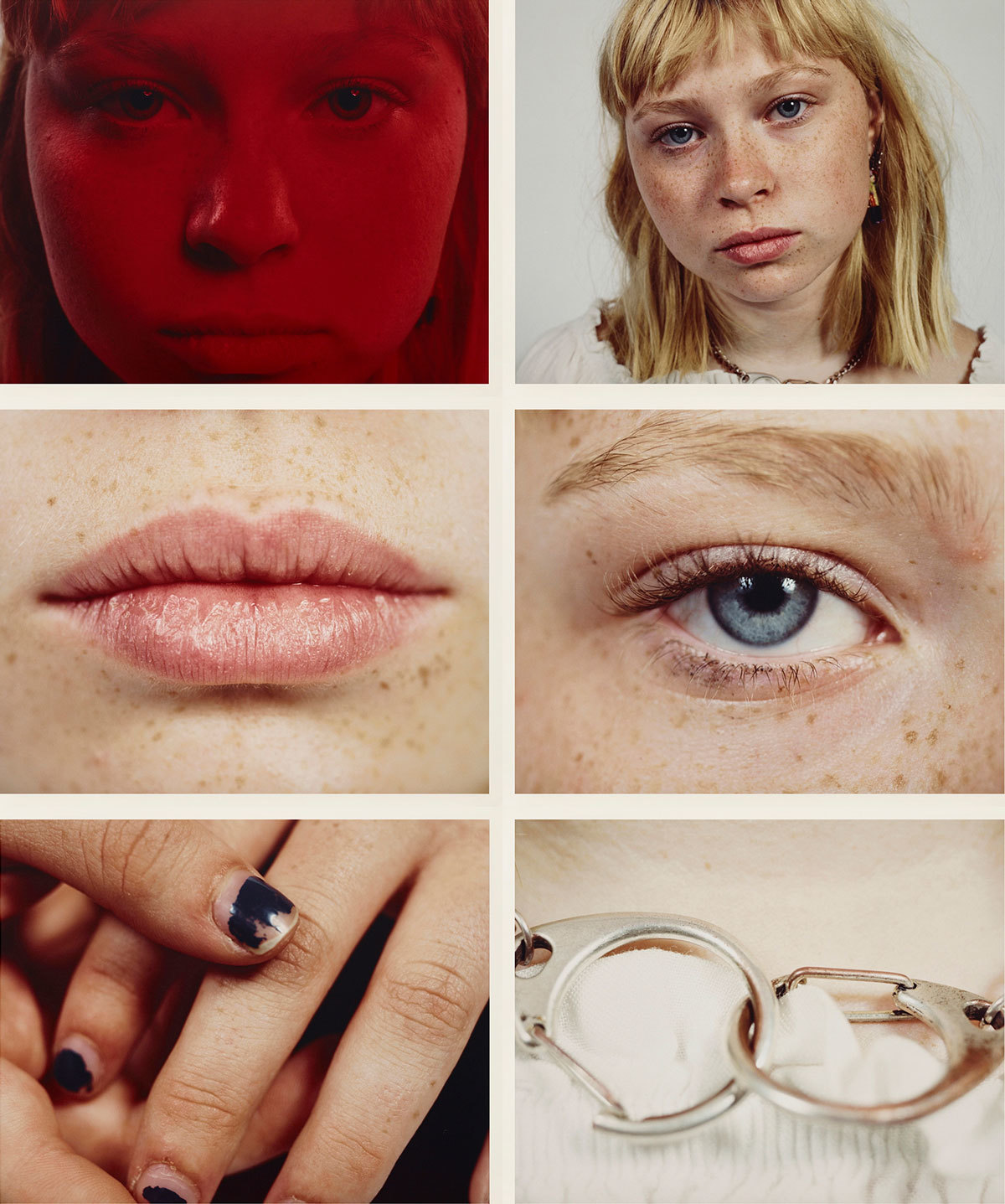
Credits
Text Bojana Kozarevic
Photography Chad Pitman
